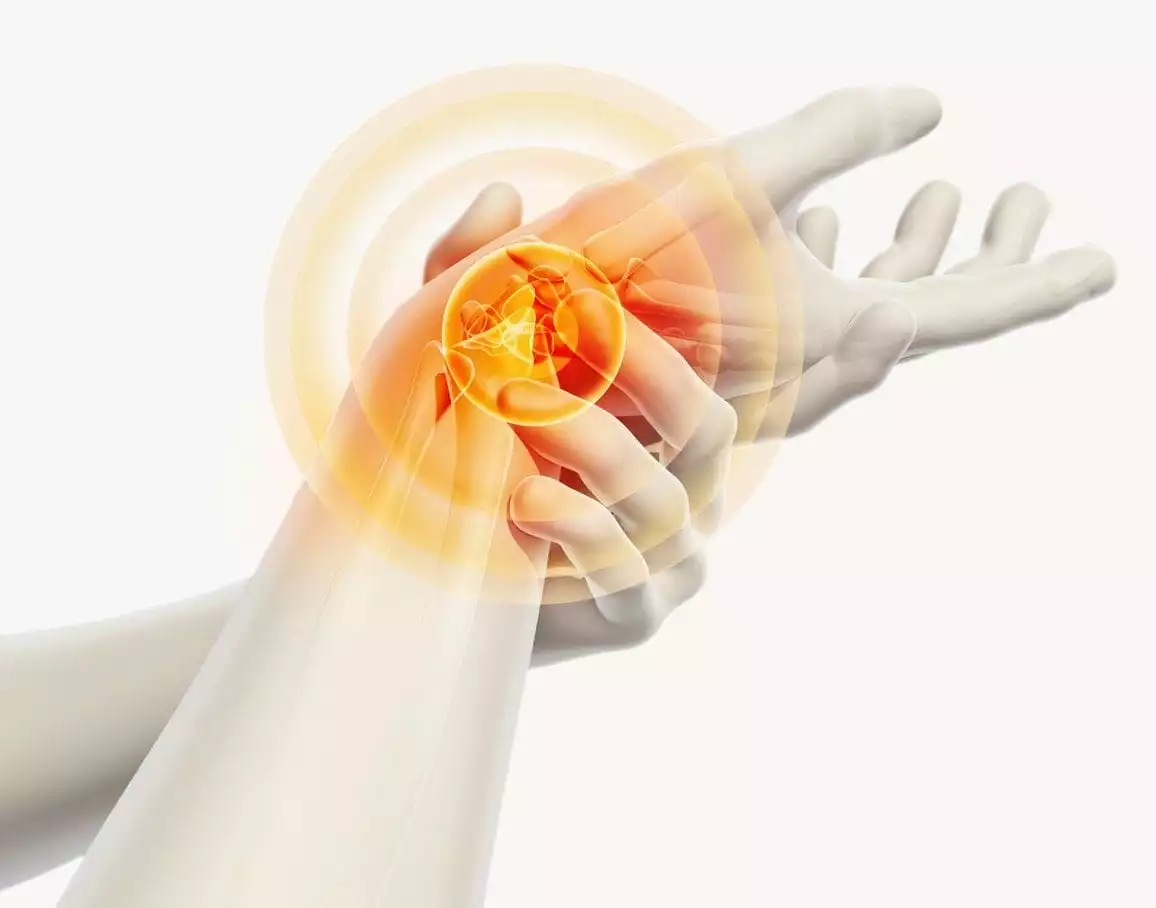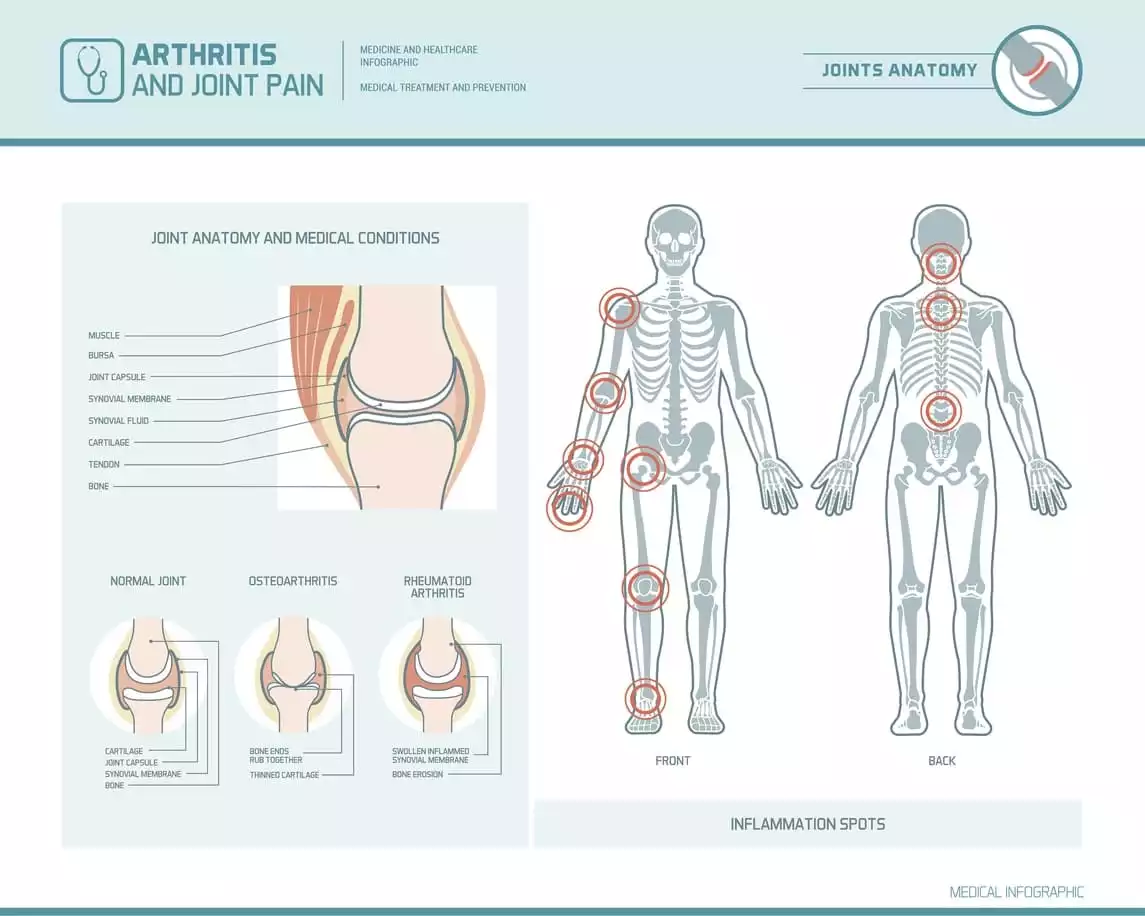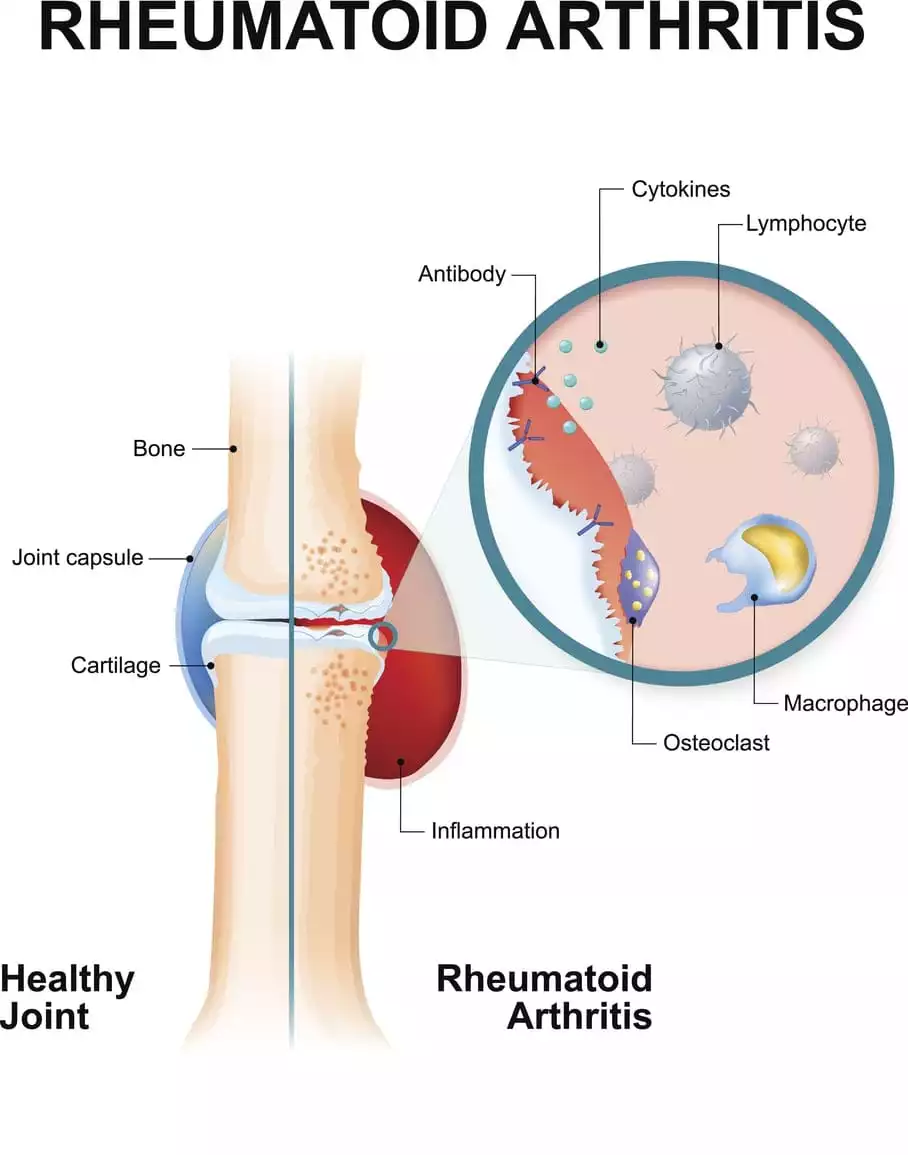
Arthritis can be an extremely debilitating disease, especially when cold weather hits. This winter, learn how arthritis pain relief cream can help.
Contrary to popular belief, arthritis isn’t a single disease, nor does it only occur in older populations.
Instead, it is an umbrella term referring to over 100 unique medical conditions that impact people of all genders and nearly all ages.
Over 50 million adults and 300 thousand children struggle with some form of Arthritis every single day.
Understanding Arthritis Treatments
Finding the right treatment for arthritis isn’t always easy.
Medications may be effective, yet cause troublesome side effects like gastrointestinal upset or ulcers.
That’s exactly what led researchers to turn to topical relief creams, an effective and well-tolerated solution that shows real promise for a significant number of patients.
Whether you have arthritis yourself or you you know someone who does, understanding the condition is the first step to finding what really works for each individual case.
In this post, we’ll teach you about arthritis and tell you what you need to know about arthritis pain relief cream so you can decide whether they’re right for you.
Types of Arthritis
– Degenerative Arthritis
Arthritis occurs in several forms, the most common of which is degenerative arthritis or osteoarthritis.
This condition causes the cartilage between your joints to wear away, reducing the amount of cushion between the joint.
Over time, losing cartilage causes the edges of the bone within the joint to rub against each other, leading to degeneration.
Most patients control mild arthritis symptoms with
- Exercise
- Rest
- Weight management
- Over-the-counter pain (OTC) relievers like Advil or Aleve.
Osteoarthritis can become severe over time, leading to a sharp rise in pain and new mobility issues.
Eventually, patients may need surgery (such as a total knee replacement or hip replacement) to preserve independence or reduce pain.
– Inflammatory Arthritis
Inflammatory arthritis causes swelling and inflammation in and around the joints.
These conditions are most often caused by autoimmune illnesses, like systemic psoriasis or Rheumatoid Arthritis, but may rarely be triggered by opportunistic infections or rare genetic disorders (like Ehlers-Danlos, Vascular Type).
In autoimmune arthritis, the body’s own immune system sees cells within the joints as harmful and attacks them, causing direct damage that eventually leads to
- Loss of mobility
- Pain
- Possible permanent disfigurement
Researchers still don‘t know how much of a role environmental factors play in developing inflammatory arthritis or osteoarthritis.
Injuries early in life seem to raise the risk as does having a parent with the disorder, but nothing is a true guarantee.
Do I Need to See a Doctor for Arthritis?
You should see your doctor any time you have ongoing joint pain that doesn’t resolve within a few short days.
Seeking help is especially important if you have
- Swelling
- Stiffness
- Joints that seem warm, red, or tender to touch
Mobility issues that seem to hinge on or around the joints (such as if you cannot flex your knee) may also be a sign of arthritis.
If you experience a sudden onset of joint pain or any other arthritis symptom, call your doctor immediately.
The sooner your doctor diagnoses your condition, the sooner you can begin a treatment.
Early treatment is especially important with autoimmune disorders like psoriatic arthritis or rheumatoid arthritis; medications can slow progression or even prevent permanent damage before it occurs.
– Determining If You Have Arthritis
Always start by calling your primary care physician. He or she can order the x-rays needed to look for arthritis damage.
You know your body best, but if cartilage erosion doesn’t show on an x-ray, it isn’t necessarily a clean bill of health.
Sometimes, early arthritis symptoms can only be identified via MRI, CT, or even bloodwork.
If your PCP can‘t find clear proof, insist on seeing an orthopedic specialist or a rheumatologist.
Factors Contributing to Arthritis Pain
Several factors contribute to increased arthritis pain.
Some research points to a link between inflammatory foods (fats, salt, sugar, and alcohol) and an increase in inflammation within the joints.
Spikes in pain can also be attributed to:
- A lack of sleep
- Muscle atrophy
- Dehydration
- Depression
- Weather changes (researchers aren’t yet sure why this happens, but believe it may have something to do with changes in ambient air pressure)
Arthritis Pain Relief Cream for the Winter
Arthritis pain is a challenge to deal with any time of year, but winter is especially troublesome.
Cold, damp weather triggers inflammation, and most people are less active in cooler weather.
Both contribute to more
- Stiffness
- Swelling
- Pain
OTC oral medications, like ibuprofen and other Non-Steroidal Anti-Inflammatory Drugs (NSAIDs) may help patients.
However, they aren’t without risks and side effects.
Over time, they lose effectiveness and may even cause stomach, liver, and kidney issues in long-term users.
– Why Topical Medications Are Best
To avoid the risks associated with oral medications, some patients turn to topical arthritis pain relief cream instead.
These formulas work by absorbing through the skin into the joint to reduce inflammation, ease pain, and remove swelling.
Most topical treatments contain at least one of these ingredients:
- Salicylates – to reduce pain by decreasing swelling
- Counterirritants – to create cooling or warming sensations that distract from pain
- Capsaicin – to block the pain receptors in the skin
- Non-Steroidal Anti-Inflammatory Drugs (NSAIDs) – to reduce swelling and inflammation
Counterirritants are most often compounded with salicylate to produce a more effective formula that works better for patients. Examples of counterirritants include:
- Eucalyptus
- Menthol
- Cinnamon
Capsaicin, a substance derived from chili peppers, has a warming sensation and helps to improve localized circulation, improving the body’s ability to channel away fluid and lower inflammation.
Topical NSAIDs are the newest and most effective treatment on the market. Often, they contain the same drugs used in oral arthritis treatment, such as diclofenac or ketorolac.
In oral treatment, these drugs have a high risk for gastrointestinal upset. Topical formulas do not carry these risks, but they still often produce the same or similar benefits.
Only a few of these are over-the-counter, and thus, may only be available in certain states.
How to Use Topical Arthritis Formulas
- First, don’t use any new topical treatments without speaking to your doctor or pharmacist.
- Always follow package instructions for the safe use of OTC topical medications, including how often to use them and how much of the solution to apply.
- Watch for side effects, like skin irritation or additional swelling, and stop the treatment immediately if you experience problems.
There are certain conditions that may contraindicate the use of topical arthritis drugs. Talk to your physician if you take blood thinners, heart rhythm medications, or blood pressure medications.
All of these may produce harmful interactions.
What Happens When OTC Medications Aren’t Enough?
If your over-the-counter medications are no longer working well for you, or if you want to avoid prescription NSAIDs, your doctor may recommend a compounded topical arthritis pain relief cream with a stronger NSAID or a different pain formulation.
These are more readily available across the greater United States.
A few of the most common options include:
- Amantadine – an anesthetic that blocks electrical impulses
- Baclofen – a muscle relaxant that relaxes smooth muscle groups
- Diclofenac – a NSAID to reduce inflammation
- Lidocaine – a topical anesthetic to reduce pain
Your doctor may choose one or more of these ingredients to achieve the most effective pain relief.
The main benefit arthritis pain relief cream, as with most topicals, is that they bypass the gastrointestinal tract and don’t enter the bloodstream; impacting your cognitive abilities.
They also don’t interact with most other medications.
You get the pain relief you need with fewer of the risky side effects.
– General Tips to Stay Well:
- Stay hydrated
- Incorporate gentle exercises to your ability level
- Be aware of what you eat so you can maintain a healthy weight
- Use braces or walking aids to prevent sudden joint movements and falls.
Other options, including surgery, injections, or physiotherapy may also help, but are usually reserved for more severe cases.
If you have questions, call your doctor or pharmacist today.

 info@burtsrx.com
info@burtsrx.com


